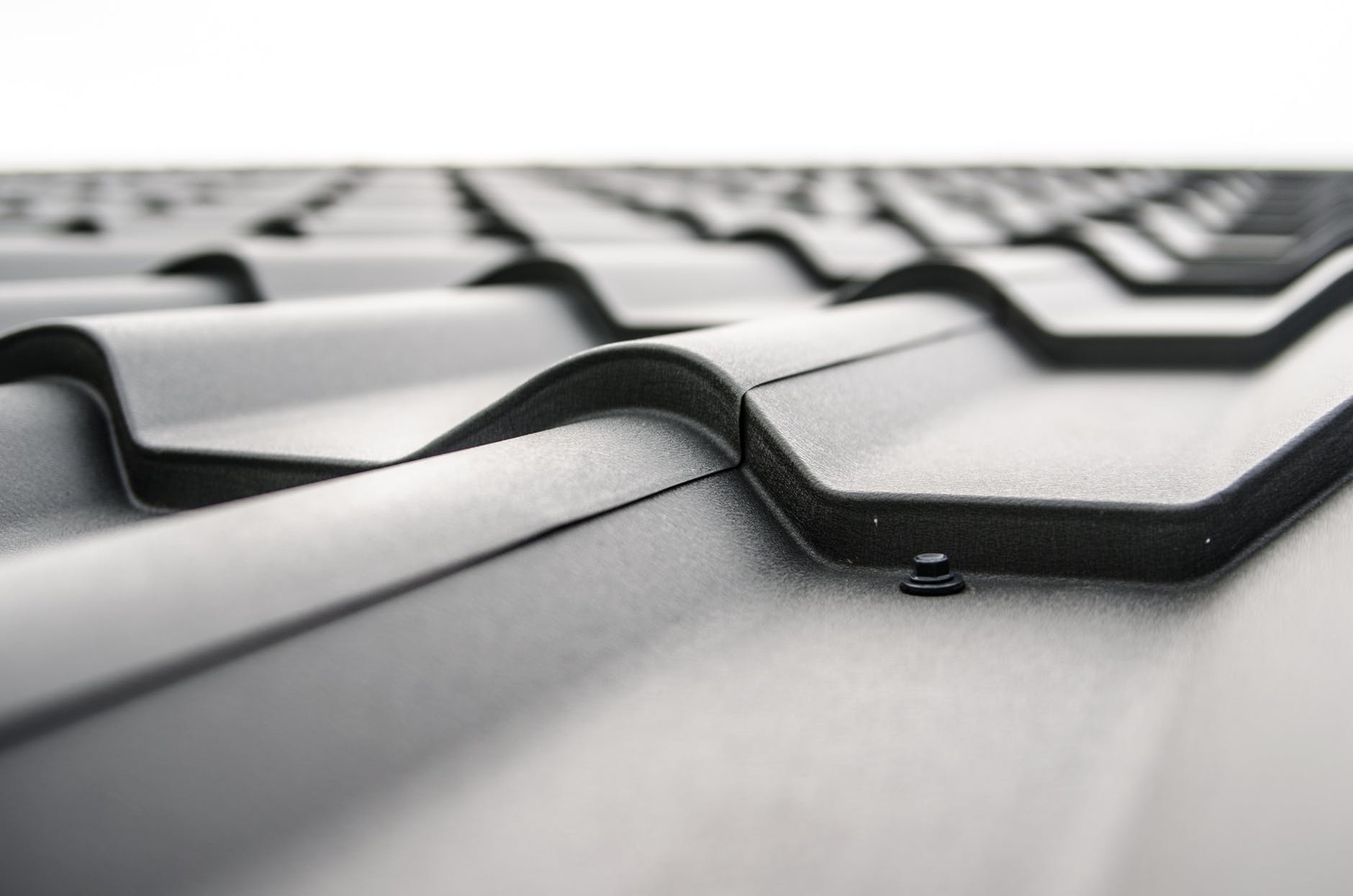There comes a time when a concrete slab is at the end of its lifespan. Cracks and sunken concrete are a sign that it might need replacing. That’s where the process of concrete cutting comes in. In layman’s terms, concrete cutting means the removal of concrete. You might need to install some pipes or wires in your concrete wall, or you might have to replace your concrete pavement. All of these tasks require concrete cutting professionals. Of course, you can do it yourself, but it’s better to go with professional services.
For a long time, jackhammers, chisels, and hammers have been popular tools for concrete cutting or grinding. However, using these comparatively primitive tools for concrete cutting results in messy work. Thus, various kinds of saws have replaced these tools for concrete cutting. You can use these saws yourself, but they pose a safety threat if placed in the hands of an untrained individual. If you don’t know how to handle concrete cutting saws, there is a chance that you might injure yourself. Therefore, it is better to entrust this tool and the whole job of concrete cutting to a verified professional.
Types of Concrete Saws
You’ll find a variety of saws in the market for concrete cutting, and picking one of them can be a tough decision. Thus, it’s better to have some knowledge about various concrete cutting saws if you want to pick the right one. You will also have to consider factors like your budget and the nature of the job while choosing a concrete cutting saw. Alternatively, if you decide to go with professional services, you wouldn’t have to worry about picking a saw at all. The professionals usually have all the tools necessary for the job at their disposal, and they’ll use those which are required for that particular job. However, if you’re bent on choosing the saw and cutting the concrete yourself, below is the list of various types of saws and instructions on how to use them:
1: Diamond Saws for Dry Cutting:
Diamond dry cutting saws are popular for outdoor work as these produce a lot of dust. There is no need for water to cool these saws down as they use cutters made with diamonds. These saws are generally more expensive, and the diamond cutters used in them also minimize the dust compared to other dry-cutting saws. The handler has to use this type of saw in small bouts, and the cuts made with this saw are worked upon slowly and gradually made deeper.
2: Wet Cutting Saws:
Wet concrete cutting saws make use of water to cool the blade down. It’s an environment-friendly option as the dust produced is significantly less. Thus, this saw is very much suitable for indoor work. The water keeps the blade cool, and it can be used for longer periods. Due to the cooling system in these saws, they last longer than dry-cutting ones. It’s also a safer alternative to dry cutting saws as there is very little dust. Thus, there is no need for any breathing apparatus and safety gear to protect the worker from developing breathing problems and irritated eyes.
3: Walk-behind Cutting Saws:
These are larger saws primarily used for cutting pavement or driveway concrete. The operator has to walk behind the saw in order to use it. They make deeper cuts and consume a lot of power. With high horsepower, these saws are perfect to finish heavy-duty work in a small amount of time.
4: Handheld Saws:
If you’re looking for precision and minor cuts, it’s better to go with small handheld saws. These are generally used for home renovations or pipe and wire fitting. As the name suggests, these saws can be held by hand and are quite portable. These are easier to carry and use due to their lightweight.
5: Floor Saws:
These saws are specially made for cutting floor concrete. Professionals make use of these saws to cut flat surfaces like driveways, slabs, and roads. As they’re made for outdoor use, these produce a significant amount of dust. Thus, it’s better to have safety gear on while making use of these saws.
6: Walls Saws:
Wall saws are designed to make cutting wall concrete easier. Made for vertical use, these saws are often handheld and smaller in size. These saws are used for their precision and accuracy.
It’s better to not use heavy-duty saws on your own as they’re quite complex and hard to operate with. If you only have to cut a small portion of concrete, you can use handheld concrete cutting saws. But be sure to read the instruction manual thoroughly and go over some online tutorials.








